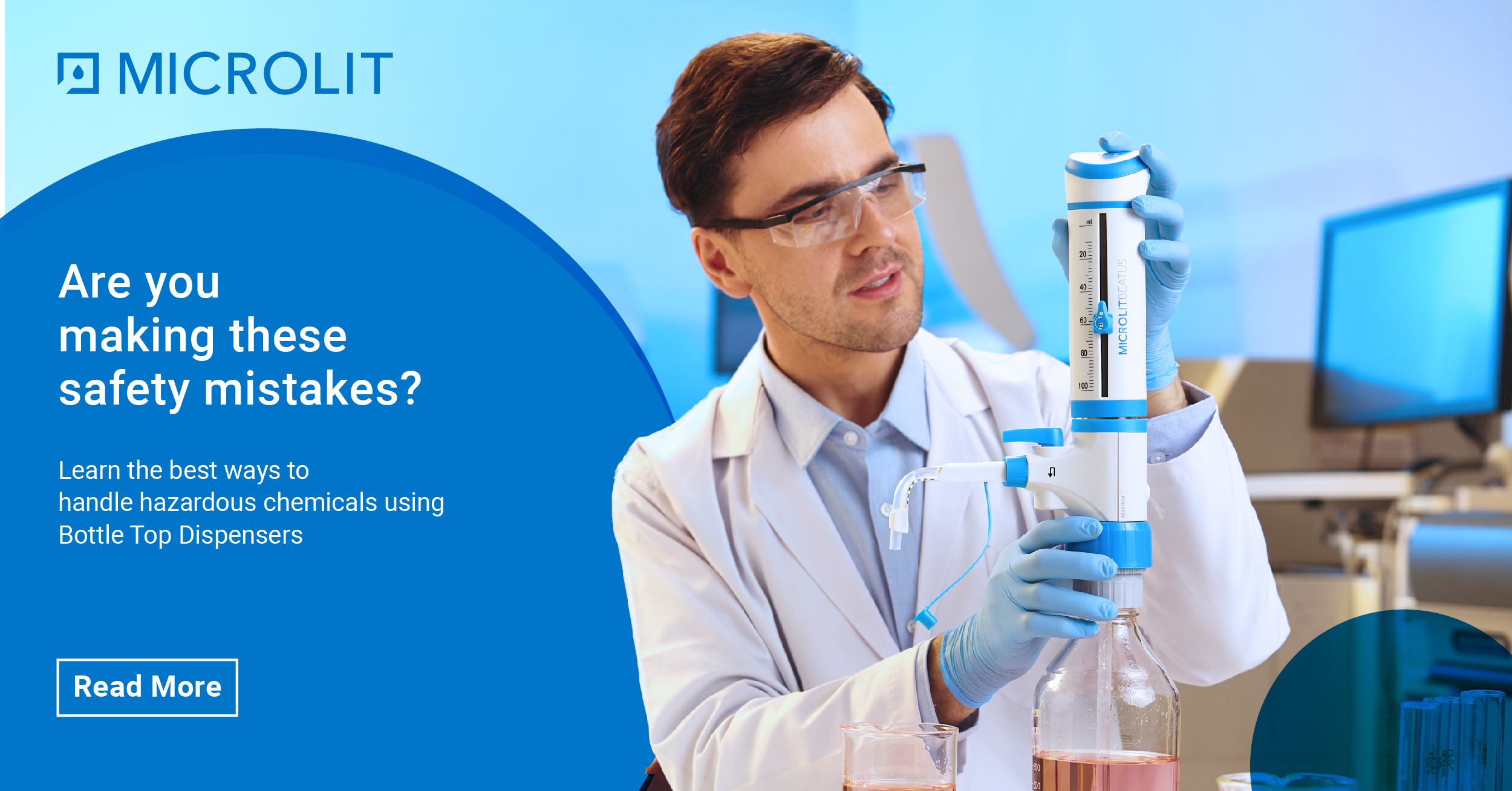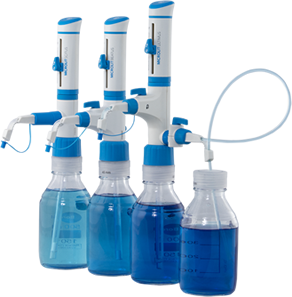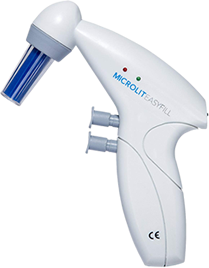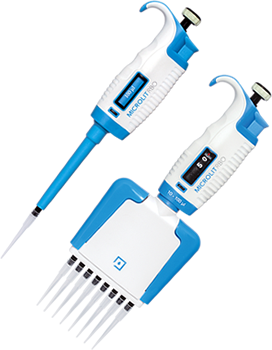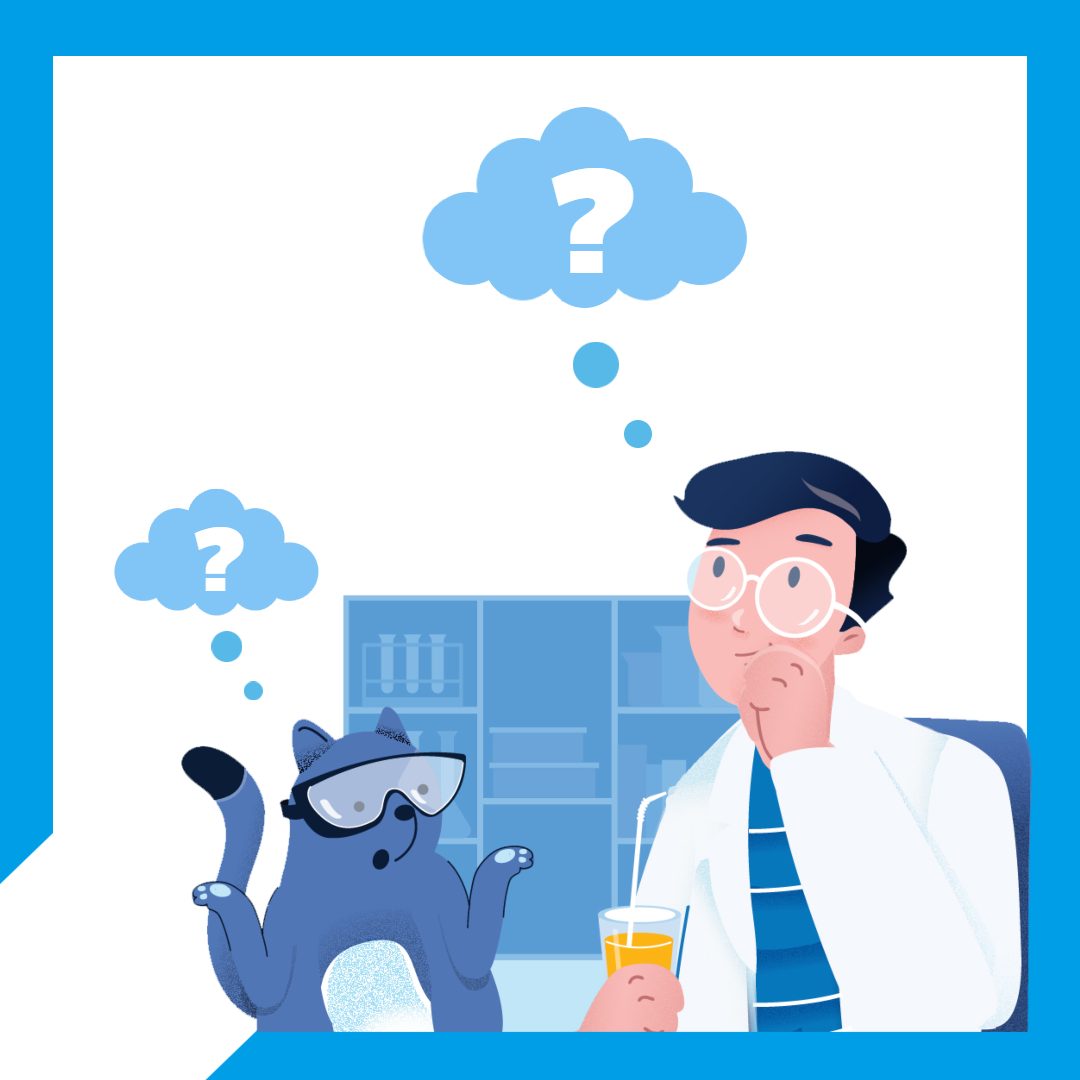Handling hazardous chemicals safely is of paramount importance in laboratories, industrial settings, and research facilities. Bottle top dispensers are indispensable tools that help dispense accurate volumes of liquids, but they must be used with caution when dealing with hazardous substances. This blog post will outline the best practices for safely handling hazardous chemicals with bottle top dispensers, ensuring the well-being of both laboratory personnel and the environment.
-
Select the Appropriate Dispenser
Choosing the right bottle top dispenser is the first step in ensuring safe chemical handling. Make sure the dispenser is compatible with the chemical you are working with. Factors to consider include chemical compatibility, material construction, and the dispenser’s capacity. Always consult the chemical’s Safety Data Sheet (SDS) for compatibility information.
-
Conduct a Risk Assessment
Before dispensing any hazardous chemical, conduct a thorough risk assessment. Evaluate the potential hazards associated with the chemical, including its toxicity, flammability, reactivity, and volatility. Assess the potential risks associated with the specific task you’re performing, such as the volume you’re dispensing and the environment in which you’re working.
-
Personal Protective Equipment (PPE)
Wearing the appropriate PPE is crucial when handling hazardous chemicals. Always don the necessary protective gear, such as lab coats, gloves, safety goggles, and chemical-resistant aprons. Ensure that your skin, eyes, and respiratory system are adequately protected.
-
Secure the Workspace
Set up your workspace in a well-ventilated area designed for chemical handling. Keep flammable materials away, and ensure that emergency equipment, such as eyewash stations and fire extinguishers, is readily accessible. Minimize distractions in the workspace to maintain focus during the dispensing process.
-
Dispensing Procedures
Follow these best practices when dispensing hazardous chemicals with a bottle top dispenser:
-
- Choose the Right Adaptor: The dispenser comes with a set of bottle adapters to help you mount it on various reagent bottles of standard sizes. To avoid reactivity with most chemicals, adaptors are typically made of polypropylene (PP). For aggressive acids and solvents, ETFE/PTFE adaptors can be used. The correct adaptor should be chosen based on the neck size of the reagent bottle. The adapter is available in five different sizes: 28mm, 32mm, 38mm, 40mm, and 45mm.
- Attach the inlet telescopic tube: The telescoping tube can be adjusted to fit the size of the bottle (height) and then fixed at the bottom of the bottle top dispenser.
- Mount the dispenser on the reagent bottle: After connecting the inlet tube to the dispenser, place it on the reagent bottle and tightly screw the dispenser onto the bottle.
- Purge the dispenser: It is crucial to remove air bubbles from the dispenser barrel as it may cause inaccuracy in the liquid dispensing.
- Turn on the recirculation knob by rotating it 90 degrees anti-clockwise.
- Aspirate and dispense a few times until this barrel is bubble-free.
- Turn off the recirculation knob by rotating it clockwise towards the dispensing nozzle.
- Aspirate and dispense to ensure bubble-free dispensing.
- Slow and controlled dispensing: To avoid splashes, dispensing must be done slowly.
- Remove the cap from the discharge tube. Set the volume of liquid to be dispensed using the volume adjustment knob.
- Turn the valve to ‘Dispensing’.
- Gently lift the piston until the upper end.
- Press the piston downwards slowly and steadily with minimal force until it reaches the bottom and all the liquid in the barrel is dispensed.
- Wipe off the discharge tube against the inner wall of the receiving vessel
- Label containers: Clearly label all containers, including the source container and the receiving vessel, with the chemical’s name, hazard symbols, and concentration.
- Recordkeeping: Maintain a detailed record of the chemicals dispensed, including dates, quantities, and purpose.
-
Regular Maintenance
Proper maintenance of bottle top dispensers is vital for their longevity and accuracy. Regularly calibrate the dispensers to ensure they deliver accurate volumes. Cleaning the dispensers thoroughly after use prevents cross-contamination.
-
Waste Disposal
Dispose of hazardous chemical waste in accordance with local, state, and federal regulations. Segregate waste streams, and label waste containers appropriately.
-
Training and Education
Ensure that all personnel using bottle top dispensers with hazardous chemicals receive proper training. Training should include the safe use of the dispenser, chemical handling protocols, and emergency response procedures.
Handling hazardous chemicals with bottle top dispensers can be done safely by following best practices and maintaining a strong commitment to safety. The well-being of laboratory personnel and the environment depends on meticulous planning, proper equipment selection, and strict adherence to safety procedures. By implementing these best practices, you can minimize the risks associated with working with hazardous chemicals and promote a safer working environment.
Microlit Lentus for Hydrofluoric acid
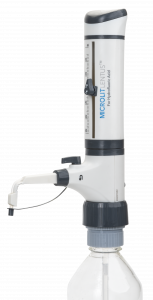 Microlit Lentus™ is a bottle top dispenser meticulously crafted using rigorously chosen and tested materials, ensuring the secure and precise dispensing of highly reactive chemicals, such as Hydrofluoric acid, directly from the source bottle.
Microlit Lentus™ is a bottle top dispenser meticulously crafted using rigorously chosen and tested materials, ensuring the secure and precise dispensing of highly reactive chemicals, such as Hydrofluoric acid, directly from the source bottle.
As a result of the unique materials used in its construction, our research and development teams have demonstrated that when users follow the precise Microlit Lentus™ trace analysis cleaning procedures before dispensing high-purity media, the Microlit Lentus™ dispenser transforms into an ideal choice for conducting trace analysis experiments.
To know more about the features and functionalities of Microlit LENTUS, we request you to reach out to us at info-usa@microlit.com or visit our website, Microlit Lentus.






 2821
2821